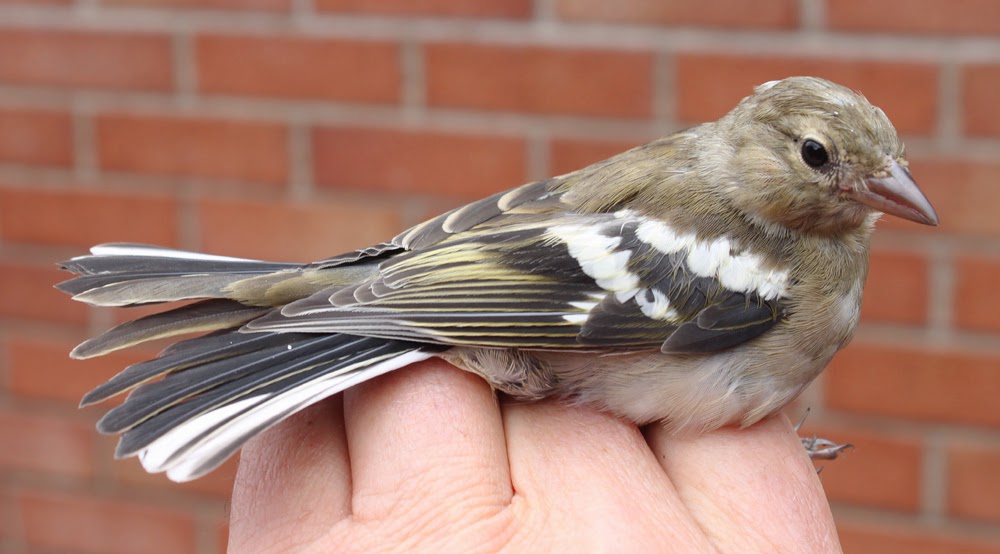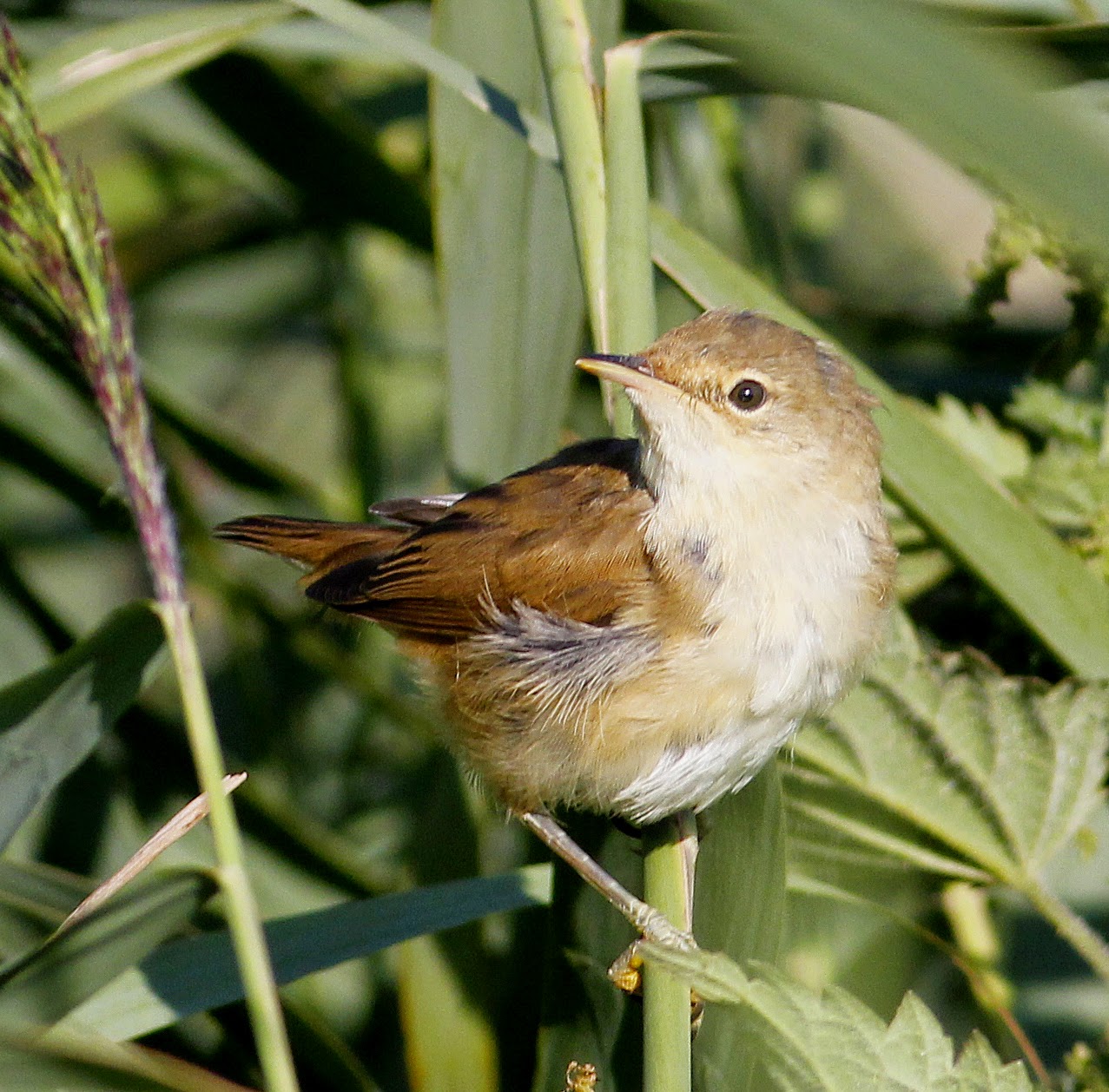Not a bad morning. A spot of birding, another Wheatear in the bag and I even nailed the reluctant Kingfisher.
The forecast was for a sunny day so I headed for Conder and Glasson but as the windscreen wipers drew back and forth I wondered if I’d made the right decision. The rain was quite steady at Conder Green where an initial look into the creek revealed the usual wader suspects and their by now consistent numbers - 2 Greenshank, 1 Spotted Redshank, 5 Common Sandpiper, 4 Snipe, 28 Redshank, 4 Curlew.
The Lapwings seemed flighty this morning, not just those around the pool but the ones hidden from view near the canal. Their regular eruptions into the air before settling back down allowed a count of more than 150.
Herons and wildfowl remain the same with 2 Little Egret, 2 Grey Heron, 5 Little Grebe, 2 Great Crested Grebe and 2 Wigeon.
A Cormorant dropped in to feed, those are raindrops in the photo, the ISO at 800, and both I and the camera were getting wet. Time to head off to Glasson and bird via the car until the rain stopped.
Cormorant
Seven Pied Wagtails and 2 Grey Wagtails near the Glasson car park with a Grey Heron on the far jetty and about 60 Swallows feeding over the water.
I took a few rain spotted pictures of the resident but far from tame Tufted Ducks, their wary eyes watching my every move. I rather admire our commonplace and largely ignored UK Tufted Duck, a duck of town and city parks with ornamental lakes and ponds. But the Tufty is also a highly migratory beast whereby their numbers increase in the UK in winter as birds move here to escape the cold winters of Iceland and northern Europe. The numbers at Glasson Dock will swell from the present 15/20 to nearer 80/90 during the winter months.
Tufted Duck
The sky was brightening a little so I made my way back to Conder Green.
Looking North from Conder Green
At the pool a Kingfisher was surveying the scenery and fishing the waters. Don't forget to "click the pics" for close-up views of the Kingfisher.
Kingfisher
Kingfisher
Kingfisher
Kingfisher
Kingfisher
Kingfisher
Kingfisher
Kingfisher
There's nothing much to add to the earlier numbers of birds except that both Common Terns took their share of the tiny fish on offer and then returned to their nest on the island where they fed the hidden from view youngsters.
There was time for Pilling Marsh where I found Buzzard, Kestrel, Greenshank, 7 Little Egret, 2 Grey Heron and 5 Wheatears. One Wheatear, a juvenile of 96mm and 25.1 grams, succumbed to the temptation of a meal worm.
Pilling Marsh
Wheatear
Wheatear - juvenile
Log in soon fior more news, views and pictures with Another Bird Blog.
Linking this post to Anni's Blog, Eileen's Saturday and Weekend Reflections.
Linking this post to Anni's Blog, Eileen's Saturday and Weekend Reflections.





























































.jpeg)












.jpg)












